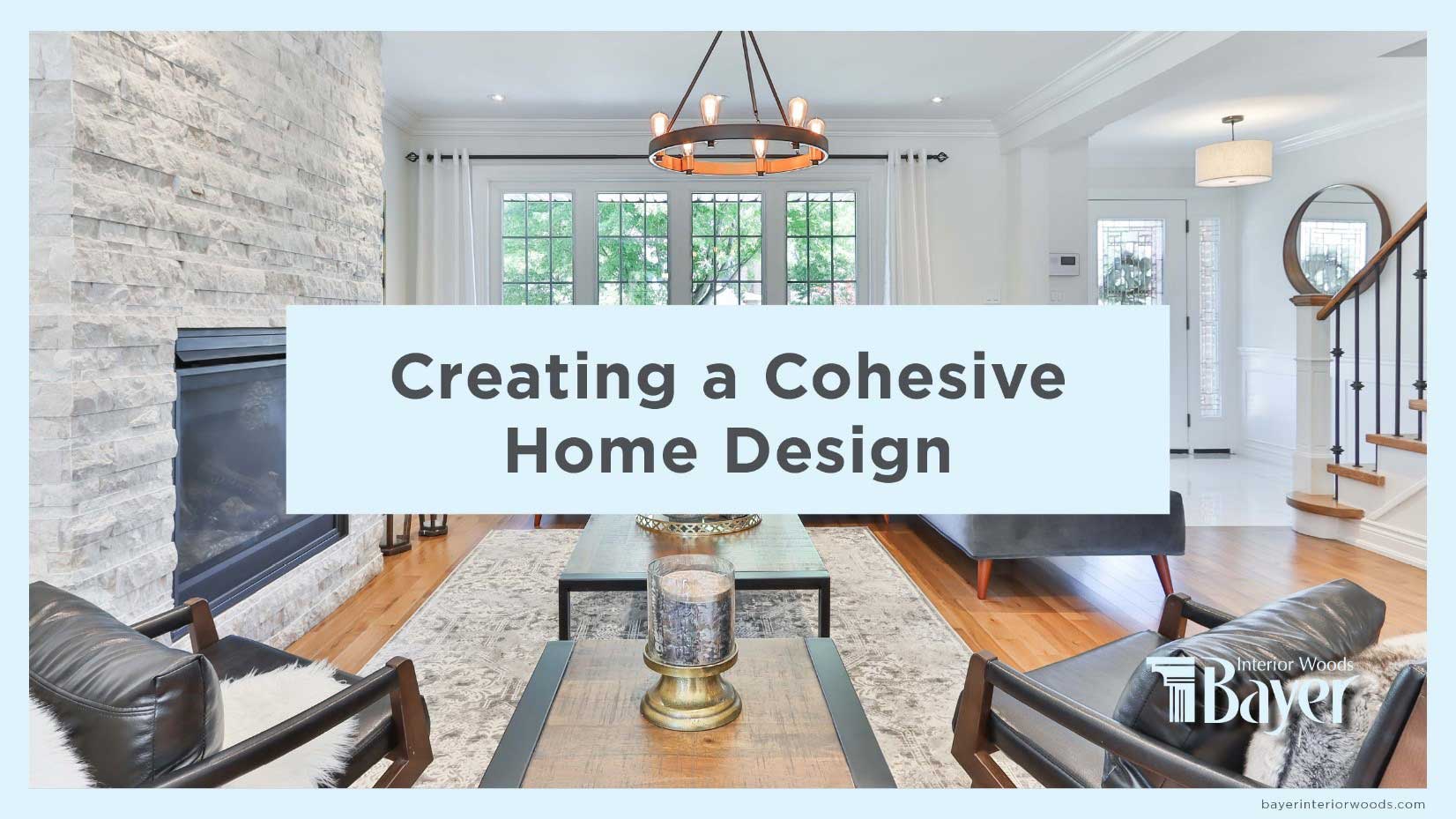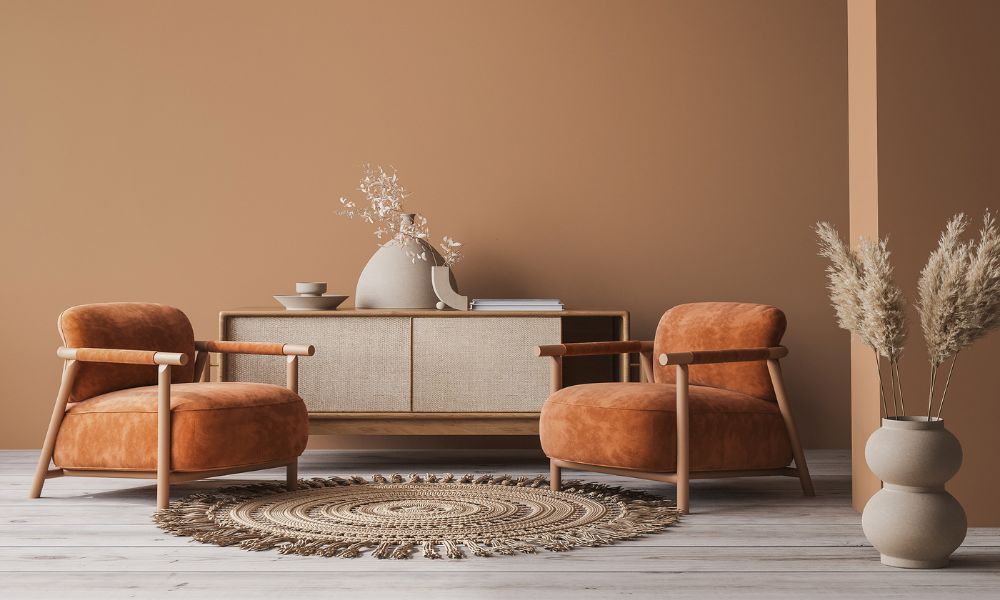

Creating a cohesive look is crucial for creating a welcoming and functional living space. It’s not just about aesthetics; it’s about creating a seamless transition between rooms and spaces that enhance the overall experience of your home or office. Many homeowners struggle to achieve this cohesive design, leading to a disconnected or visually jarring layout. This article provides actionable strategies to master interior design flow, bringing a feeling of unity and harmony to your living environment. We’ll cover fundamental principles, practical tips, and real-world examples to guide you every step of the way. We will discuss the significance of color palettes, materials, furniture placement, and lighting design. Get ready to transform your space into a cohesive masterpiece!
Defining Interior Design Flow
Understanding the Importance of Seamless Transitions
Interior design flow encompasses the smooth transitions between different spaces within a home. This seamless flow creates a cohesive visual narrative, which improves the overall user experience and comfort level of the interior. Without clear flow, your home could feel disjointed, with spaces that don’t seamlessly connect. Consider the strategic use of space, light, and decor in establishing harmony throughout your house. Achieving this means more than simply matching furniture pieces; it’s about understanding the way people move through a space and how to guide their eyes effortlessly.
The Role of Visual Cues
Visual cues play a crucial role in creating a smooth transition. These include the use of color palettes, materials, and lighting design. For example, using similar color palettes in adjacent rooms can create a strong visual connection. Likewise, consistent material choices – like wood tones or stone accents – enhance the flow. Carefully chosen lighting arrangements can not only illuminate a room but also guide the eye and create a sense of unity. This is where the concept of visual continuity is crucial.
Recognizing the Problem
Many homeowners struggle with achieving a cohesive interior design flow. This often results from conflicting styles, inappropriate furniture placement, or a lack of attention to the details. The result can be visually jarring, creating an uncomfortable and even disorganized feel. Addressing these issues promptly is essential to creating the desired effect. For instance, clashing patterns or contrasting furniture styles can break the visual flow of a room.
Solutions for Cohesive Interior Design
This article will discuss practical solutions to achieve a well-defined interior design flow. By following these strategies, you can create a welcoming and visually appealing living space that enhances your experience at home. We will cover several practical aspects, including color schemes, light choices, and arrangement strategies to bring your interior design vision to life.
Article Structure Outline
We’ll start by examining the fundamental principles of interior design flow and then dive into strategies to master interior design. Examples from various styles will be used to illustrate the concepts, and we will offer tips and tricks to bring a cohesive design to life. This will include considerations about light and color palettes in a well-organized manner, which will greatly aid in the understanding and implementation of interior design flow.
Mastering Color Palettes for Cohesion
Choosing Harmonious Color Schemes
A cohesive interior design often starts with a well-defined color palette. A consistent color scheme throughout your home can create a harmonious and aesthetically pleasing atmosphere. Consider using a similar color palette in adjacent spaces. This will maintain a sense of continuity and establish a visual flow that is easy to understand and pleasant to look at. A range of colors, especially warm tones, can be utilized for this purpose.
Creating Visual Harmony
By employing analogous or complementary color schemes, you can seamlessly integrate different spaces. An analogous color scheme uses colors that sit next to each other on the color wheel. A complementary color scheme uses colors opposite each other on the color wheel, adding a touch of contrast and visual vibrancy. Proper color selection is crucial in creating visual appeal and harmony in any space.
Example: A Coastal Retreat
Imagine a coastal-themed home. The design could use blues, greens, and sandy beiges. The palette in the living room can extend into the dining area and kitchen to create a connected vibe. These color choices, especially for homes near the ocean, allow a sense of calming relaxation. By carefully selecting colors that complement each other, you can enhance the overall ambiance of your home.
Avoiding Color Conflicts
Conversely, avoid using conflicting colors or styles that disrupt the overall look and feel. Employing a well-thought-out color palette is crucial for maintaining unity and elegance within your interior design.
The Impact of Color Psychology
Understanding the psychology of color can help enhance the visual appeal of the design. This is crucial in creating a calming and pleasing space to live and work in.
Strategic Furniture Placement and Arrangement
Creating Visual Pathways
Strategic furniture placement is crucial in establishing interior design flow. Arrange furniture to create clear visual pathways, ensuring easy movement throughout the room. This is particularly essential in high-traffic areas or rooms with many functions.
Creating a Focal Point
Choosing a focal point will help you guide the eye through the room. This could be a fireplace, a large piece of artwork, or a view out of the window. Furniture should be strategically positioned to draw attention to this focal point, further enhancing the visual flow.
Case Study: Open-Concept Living
In an open-concept living room, kitchen, and dining area, arranging furniture in a way that separates spaces subtly is essential. A large dining table might serve as a divider, creating distinct zones without fully isolating them. Using rugs or different flooring materials can further define these zones.
Avoiding Clutter
Clutter can break the flow and make the space feel cramped. Keep the furniture and accessories minimal to allow visual space for movement and enhance the flow.
Considering Traffic Patterns
Place furniture in a way that promotes natural movement and reduces obstructions in the pathway.
The Power of Light in Interior Design
Optimizing Natural Light
Natural light is paramount for enhancing interior design flow. Position furniture to maximize natural light and let the light cascade across different spaces for an airy aesthetic. Natural light is a vital component for creating a welcoming and soothing space.
Utilizing Lighting Design
In addition to natural light, strategic use of artificial lighting is vital. This includes task lighting for specific areas, ambient lighting for overall illumination, and accent lighting to highlight specific features. The interplay of light and shadow contributes to the ambiance and visual appeal. This balance is key to creating a harmonious interior.
The Role of Mirrors in Enhancing Light
Strategic use of mirrors can significantly improve the interior design flow. Mirrors can bounce light around a space, making it appear larger and more open. This can create a sense of visual continuity between rooms and spaces.
Avoiding Harsh Lighting
Avoid harsh, direct lighting that can cast unpleasant shadows and disrupt the intended flow of the space. Dimmable lighting allows for varied lighting situations throughout the day.
The Significance of Light in Aesthetics
Good lighting design enhances the appearance of a space. Well-thought-out lighting choices create a welcoming and functional environment that elevates the overall experience.
Mastering Material Selection
Creating Texture and Depth
Material selection is essential for adding visual interest and depth. Consistent material choices in adjacent spaces can create a sense of continuity and seamlessly connect rooms.
Complementing Design Style
Select materials that complement your chosen design style. Materials can also play a role in creating visual interest and depth, which will ultimately contribute to the design and aesthetic of your space.
Case Study: Modern Minimalist Design
In a modern minimalist design, materials like polished concrete, glass, and natural wood can be used consistently to create a seamless flow throughout the home. The use of subtle textures and patterns adds depth and intrigue to a modern design aesthetic.
Avoiding Dissonance in Materials
Avoid abruptly switching between vastly different materials in adjacent rooms, which might disrupt the visual flow. Matching or complementary textures create a harmonious aesthetic.
The Importance of Texture and Tone
Pay attention to the interplay of textures and tones in your material choices. This helps create visual interest and harmony in different spaces.
Frequently Asked Questions
Q1: How can I create a seamless flow between different rooms in my house?
A1: Creating a seamless flow between rooms involves several key strategies. Consider the furniture layout to allow for clear sightlines and unobstructed movement. Using similar color palettes, materials, and textures in adjacent rooms can create a smooth visual transition. Proper lighting is crucial, ensuring sufficient illumination in all areas while maintaining a consistent style. Lastly, strategically placed mirrors can help to bounce light and visually expand the space, contributing to a sense of unity.
Q2: What are some key design elements for achieving a cohesive interior design?
A2: Key design elements for cohesive interior design include a well-defined color palette, consistent material choices, and a thoughtfully curated mix of furniture and accessories. Using a cohesive color scheme creates a calming and visually appealing atmosphere. Select materials that work well together, considering texture and tone. Complementary textures and shapes help in the arrangement and selection of furniture. The careful blending of different pieces creates a well-balanced and aesthetically pleasing result. It also involves a careful understanding of scale and proportion to achieve a harmonious look in each space. In short, achieving a cohesive look involves careful consideration of every element to build a visually appealing home.
Q3: What are some budget-friendly solutions for creating a cohesive interior design style?
A3: Achieving a cohesive look doesn’t have to break the bank! You can use affordable strategies to create a stylish and inviting space. Repurpose existing furniture by giving them a new look or place them in different areas. Use accent colors to add pops of personality without completely altering the space. Look for affordable but high-quality materials that align with your style and can be combined to create an appealing design. A good strategy involves incorporating natural elements that enhance the room’s design. Use affordable DIY projects for personalized touches.
In conclusion, achieving a cohesive interior design flow is paramount for creating a welcoming and functional living space. By meticulously considering the elements of design, and focusing on the subtle transitions between spaces, you can establish a harmonious and engaging atmosphere. Remember to prioritize natural light, utilize mirrors strategically, and maintain a consistent color palette throughout. Ready to transform your home into a masterpiece of design? Visit our website today for professional design services and inspiring interior design ideas!